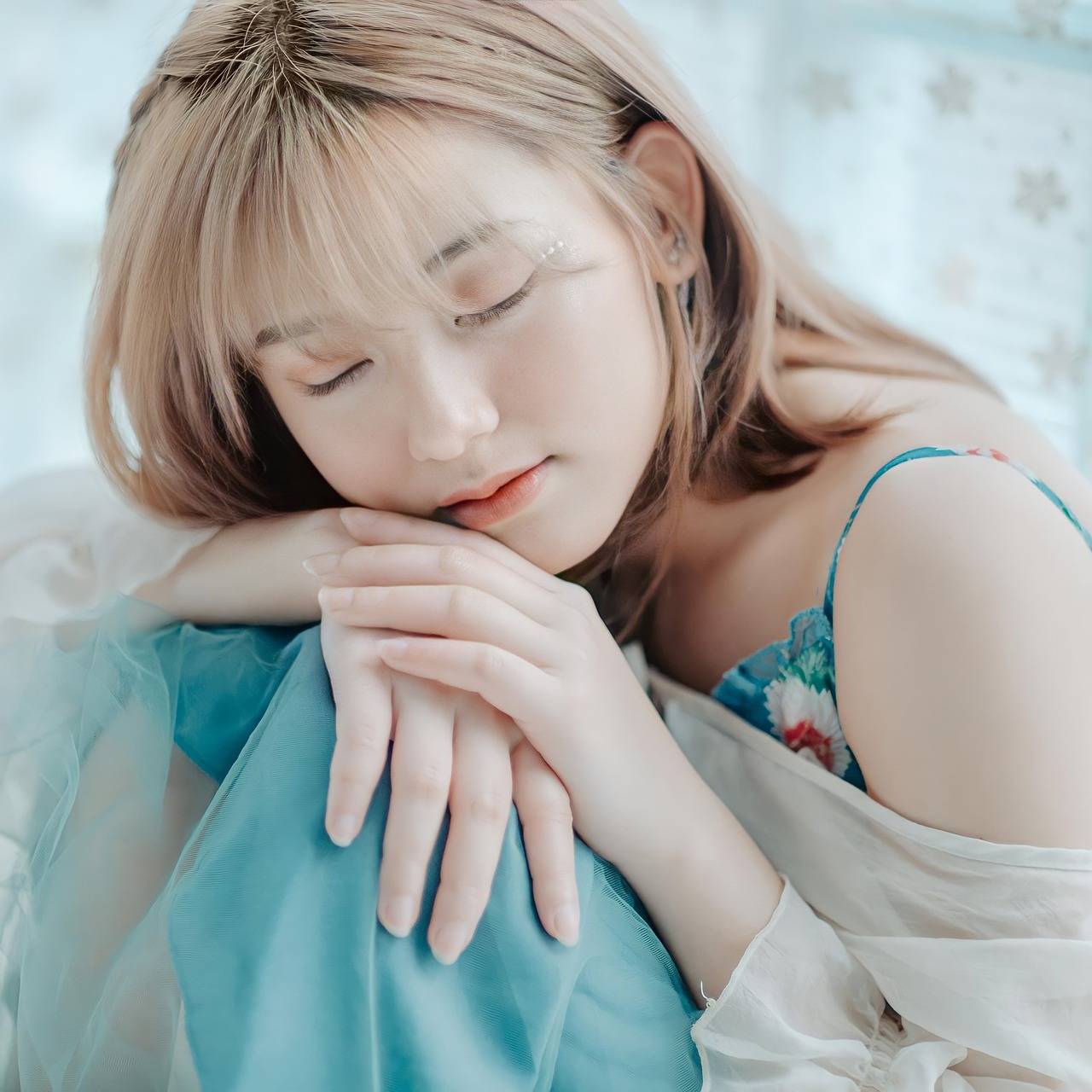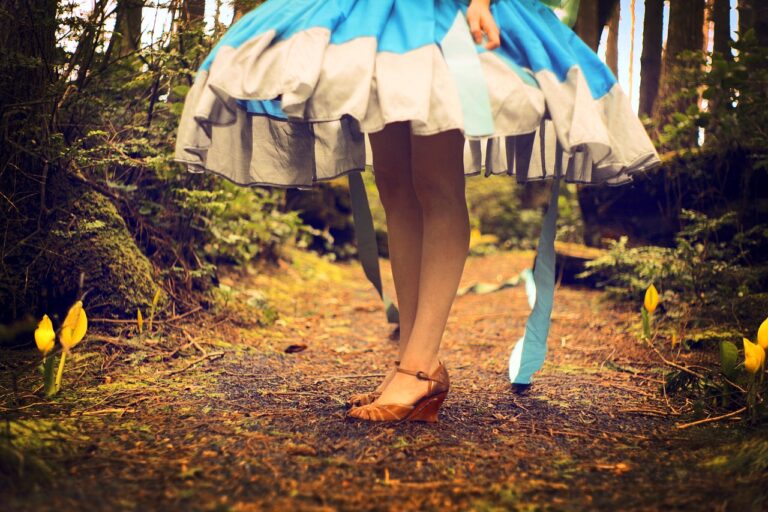Fashion and Education: The Importance of Fashion History Courses
Understanding fashion trends is crucial in the ever-evolving world of style and design. Fashion is not just about what we wear; it is a reflection of society, culture, and individual expression. By staying updated on the latest trends, individuals can communicate their identities and stay relevant in the fast-paced fashion industry.
Furthermore, comprehending fashion trends allows designers and brands to anticipate consumer preferences and adjust their collections accordingly. Fashion trends influence not only clothing choices but also hairstyles, accessories, and even interior design. Therefore, having a keen awareness of current trends is essential for those working in the fashion industry to create successful and desirable products.
Exploring the Evolution of Fashion Styles
Fashion styles have significantly evolved over the years, reflecting the changing societal norms, cultural influences, and technological advancements. From the elegant and intricate designs of the Victorian era to the bold and vibrant patterns of the 1980s, fashion has been a mirror of the ever-changing world around us. These shifts in style not only showcase the creativity and innovation within the industry but also serve as a commentary on the values and beliefs of different time periods.
As fashion continues to evolve, we see trends from the past resurfacing with a modern twist, demonstrating the cyclical nature of the industry. Classic silhouettes are reinvented with contemporary fabrics and cuts, creating a fusion of old and new that captivates fashion enthusiasts worldwide. By studying the evolution of fashion styles, we gain a deeper appreciation for the artistry and craftsmanship that goes into creating each trend, as well as an understanding of how the past continues to shape the present and future of the fashion world.
Connecting Fashion History to Modern Design
Fashion history serves as a rich tapestry of inspiration for modern designers looking to infuse their creations with elements of the past. By delving into the archives of fashion evolution, designers can draw upon classic silhouettes, patterns, and styles to create innovative pieces that pay homage to the past while staying rooted in the present.
The cyclical nature of fashion trends allows for a seamless connection between the styles of yesteryears and the designs of today. By understanding the context and cultural influences behind historical fashion movements, designers can infuse their modern creations with deeper meaning and relevance, creating a bridge between the past and the present in a way that resonates with contemporary consumers.





